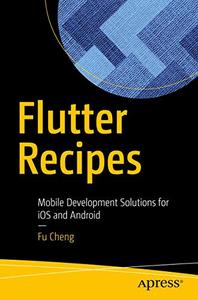
Flutter Recipes: Mobile Development Solutions for iOS and Android by Fu Cheng
English | EPUB | 2019 | 522 Pages | ISBN : 148424981X | 4.1 MB
Take advantage of this comprehensive reference to solving common problems when developing with Flutter. Along with an introduction to the basic concepts of Flutter development, the recipes in this book cover all important aspects of this emerging technology, including development, testing, debugging, performance tuning, app publishing, and continuous integration.
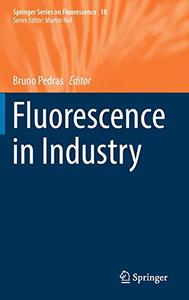
Fluorescence in Industry by Bruno Pedras
English | EPUB | 2019 | 419 Pages | ISBN : 3030200329 | 59 MB
This book gathers 12 outstanding contributions that reflect state-of-the-art industrial applications of fluorescence, ranging from the pharmaceutical and cosmetics industries to explosives detection, aeronautics, instrumentation development, lighting, photovoltaics, water treatment and much more.
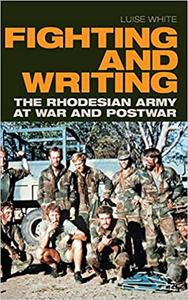
Fighting and Writing: The Rhodesian Army at War and Postwa
By Luise White
2021 | ISBN : 1478010622 | English | 304 pages | PDF | 3 MB
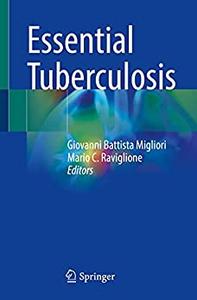
Essential Tuberculosis
English | 2021 | ISBN: 3030667022, 3030667057 | 446 Pages | PDF EPUB | 20 MB
This textbook covers the full spectrum of tuberculosis-related topics in a comprehensive yet easy-to-follow, readily accessible format. Filling a significant gap in tuberculosis literature, it addresses tuberculosis sensu latu, mirroring the content of the London Queen Mary University tuberculosis Diploma.
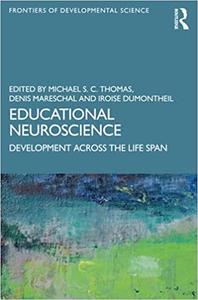
Michael S. C. Thomas, Denis Mareschal, Iroise Dumontheil, "Educational Neuroscience: Development Across the Life Span"
English | 2020 | ISBN: 1138240346, 1138240354 | 570 pages | AZW3 | 4.4 MB
The field of educational neuroscience uses new insights about the neural mechanisms of learning to improve educational practices and outcomes. The first volume to bring together the latest knowledge on the development of educational neuroscience from a life-span perspective, this important text offers state of the art, authoritative research findings in educational neuroscience before providing evidence-based recommendations for classroom practice.
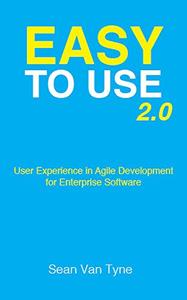
Easy to Use 2.0: User Experience in Agile Development for Enterprise Software by Sean Van Tyne
English | January 4, 2018 | ASIN: B078TN6QCX, ISBN: 1545283192 | AZW3 | 137 pages | 0.4 MB
The intersection of the customer, user and technology is at the heart of this concise guidebook for developing easy to use software. In Easy to Use 2.0, Sean Van Tyne expands on his previous edition, taking the complex topic of agile development for enterprise software and making it easy to understand and easy to implement. Easy to Use 2.0 is an easy to use guide to creating simple yet effective enterprise applications.
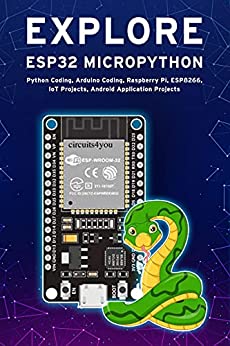
English | 2021 | ASIN : B09B8RJDMB | 347 pages | PDF, AZW3, EPUB, MOBI | 110.43 MB
Programming is something that every modern makers should have some grasp. Figuring out exactly what program is best for your particular purpose can be half of the battle. I've had a chat previously about programming, but as an overview programming is simply the process of creating instructions for a computing device to comprehend and execute. These instructions are referred to as a software. Once the software program is run, the computing device will perform the specified task. The programming language is a set of commands, directives and other syntaxes, which gives you a vocabulary to create these software programs. Now Python and micro path and our power house programming languages. Each language can support your programming needs to almost the limits of your imagination. Both languages are transportable open source growing in popularity, comparatively, easy to use. And free. They also have similar syntax, keywords and operators. So how exactly do they differ from each other? Get up, get up, get up, get the fuck up. The biggest factor is that Python because of its intensive processing demands requires a full-sized computer. Laptop or cloud server to run effectively in Harrison, the hardware requirements of micro path and up orders of magnitude lower. This means macrobiotic can operate effectively on microcontrollers and microprocessors to clarify a microcontroller is a compact integrated circuit designed to govern a specific operation inside an embedded system to the table. I brought an Arduino UNO. Which is a perfect example of this. A microprocessor on the other hand is an integrated circuit that contains all the functions of a central processing unit of a computer, which includes an operating system. Demonstrate this. I brought to the table, a raspberry PI full model B eight gigabytes, which is a perfect example of a microprocessor. Both these devices can easily fit in the Palm of your hands and encourage and makers, rainbows of creativity. Now with most recent modern technology, this concept of micro Python for credit card size computers, whereas Python for lodge, computational devices. This concept is just not become so cut and dry. Some micro processes have become so powerful. They can functionally run Python. The newest rush reply for model B eight. Gigabytes is a perfect example. So does it take to make a streamlined slimmed down Python? Start by ripping out, hates the libraries leaving only a subset of library.
[center]
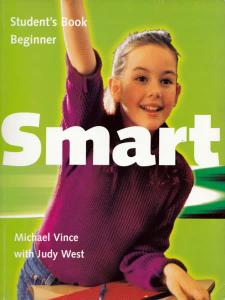
Smart Beginner * Student's Book
Michael Vince with Judy West
2001 | English | PDF, 98 pages | 22.47 MB

Digital Transformation in Industry: Trends, Management, Strategies
English | 2021 | ISBN: 3030732606 | 370 Pages | PDF EPUB | 20 MB
This book offers a selection of the best papers presented at the international scientific conference "Digital Transformation in Industry: Trends, Management, Strategies", held by the Institute of Economics of the Ural Branch of the Russian Academy of Sciences, Russia in November 2020.
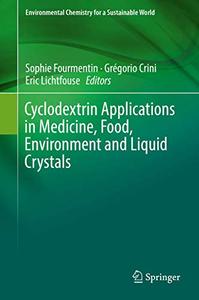
Cyclodextrin Applications in Medicine, Food, Environment and Liquid Crystals by Sophie Fourmentin
English | PDF | 2018 | 240 Pages | ISBN : 3319761617 | 9.2 MB
This book is the second volume of two volumes on cyclodextrins published in the series Environmental Chemistry for a Sustainable World. This volume focuses on cyclodextrin applications. The first chapter by Divya Arora and Sundeep Jaglan presents cyclodextrin-based carriers for delivery of dietary phytochemicals. The second chapter by Éva Fenyvesi et al. describes the interactions of steroids with cyclodextrins and their applications to pharmaceuticals, food, biotechnology and environment. Nazli Erdoğar and Erem Bilensoy discuss cyclodextrin-based nanosystems in targeted cancer therapy.


